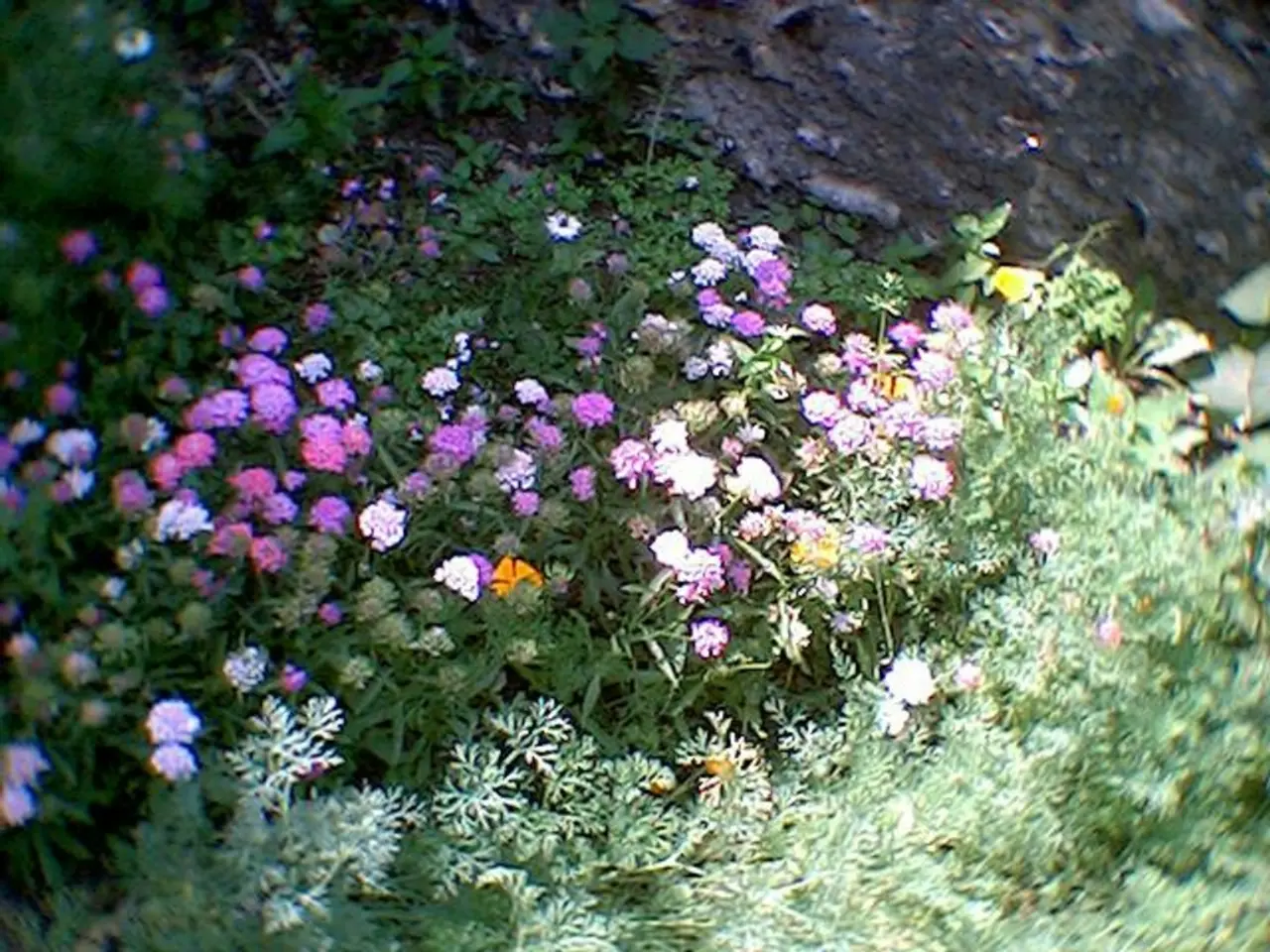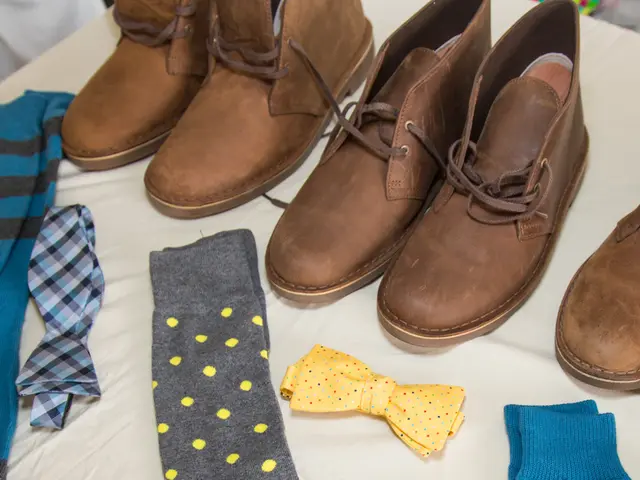Revitalizing Orchids Properly: Optimize Select Orchid Varieties for Improved Blossoms and Healthier Plants
Orchids, with their stunning blooms, are a popular choice for many garden enthusiasts. However, caring for these delicate plants requires understanding their specific needs, including pruning. In this article, we'll explore the basics of pruning various orchid species to help you maintain a healthy and vibrant garden.
Firstly, it's essential to use the right tools for the job. Lightweight Foxglove Garden Snips are ideal for low-level snipping, while the Kings County Tools Ratcheting Hand Pruner and Miracle-Gro Utility Shears are suitable choices for pruning orchids. Always ensure your tools are super-sharp to ensure a clean cut. Also, sterilize your blades with a bleach solution or alcohol before and after use to prevent the spread of diseases.
Pruning is necessary at certain times, such as when orchids enter their dormant period in fall or when they get leggy. After pruning, it's common for an orchid to lose a leaf every couple of years, which should be removed as they occur. Aerial roots should not be pruned unless they are damaged.
Phalaenopsis orchids are one of the most popular species. If the flower spike is still green and healthy, cut about 1 inch above the node just below the lowest flower to encourage a new flower spike from that node. Alternatively, cut the spike near the base leaving a couple of nodes to promote flowering in 2-3 months. If the spike is brown and dying, cut it at the base of the plant to conserve energy.
Dendrobium orchids, known for their long, thick pseudobulbs, should not have their pseudobulbs cut. After flowering, prune the stock just below the flower cluster to encourage more buds but avoid cutting too far down to prevent damaging pseudobulbs or leaves growing from the stock. When repotting, trim off any dead or rotten roots carefully.
Vanda orchids, with their roots that often hang outside the container, may need to have these roots trimmed to reduce size. Remove dead and dying leaves as they occur. Some orchid species, like Vanda, need rejuvenation pruning to remove old stems. Others, such as Phalaenopsis, only need the spent flower removed.
Oncidium orchids do not require pruning of roots. All they need is the removal of the dead flower spike back to the base. Cymbidium orchids need no specialized pruning. The entire flower stem should be cut back to the base.
When repotting an orchid, investigate the roots for any damage or disease and clean out anything that doesn't look healthy. Always ensure hands are clean or use disposable gloves when pruning orchids. When pruning orchid roots, dead, damaged, or diseased roots should be removed at repotting time.
In conclusion, pruning methods vary for different orchid species, with attention to their specific growth structures. However, key general tips include using clean, sharp tools, pruning spent flower spikes to promote future blooms, avoiding cutting healthy pseudobulbs and leaves, and removing dead material to maintain plant health.
[1] Orchid Care Tips: Pruning [2] Orchid Pruning: A Comprehensive Guide [3] How to Prune Orchids [4] Orchid Pruning: How to Prune Orchids for Maximum Blooms [5] Repotting Orchids: A Step-by-Step Guide
Home-and-garden enthusiasts who enjoy a lifestyle that includes gardening may find it beneficial to learn the art of pruning various orchid species to maintain a healthy and vibrant garden. With the right tools, such as lightweight Foxglove Garden Snips, Kings County Tools Ratcheting Hand Pruner, and Miracle-Gro Utility Shears, pruning can be done efficiently and safely. Proper pruning techniques vary for different orchid species, with attention to their specific growth structures, as evidenced in our comprehensive guide on 'Orchid Pruning: A Comprehensive Guide'.





